ZeroEnergy Designs a Home in Providence
June 17, 2025
A net-positive home in Providence proves that design excellence and energy efficiency can make a beautiful marriage.
Text by Paula M. Bodah Photography by Nat Rea
Sustainable Home Design in a Historic Providence Neighborhood
Moving to Rhode Island wasn’t in the plan for this homeowner and her family. But when an empty lot became available in one of Providence’s historic neighborhoods, and it just happened to be next to homes owned by her brother and her parents, the longtime Seattle resident couldn’t resist.
While most of the houses in the area lean toward the traditional, she was interested in something a bit more modern. What’s more, she was determined to build a dwelling that was as eco-conscious as possible. “I’m committed to doing something, in my own small way, to protect the planet,” she says.
To meet both her aesthetic and technological requirements, she called on ZeroEnergy Design (ZED), the Boston-based architectural firm known for being on the cutting edge when it comes to creating energy-efficient buildings. The house has the elements you might expect in an eco-friendly home, such as solar panels, high-performance windows, and plenty of insulation. But the ZED team went much further, seeking out renewable materials with a naturally low carbon footprint and virtually no toxicity.
Eco-Friendly Materials and Energy-Efficient Systems
For example, beneath the exterior cladding is a four-inch-thick layer of cork insulation. “Cork comes from shaving the bark off the cork tree, so it’s a rapidly renewable resource,” notes architect Stephanie Horowitz. The interior insulation is cellulose, made of recycled newspaper and cardboard. “The materials we used are really thoughtful and dialed in,” Horowitz says.
That consideration about materials carries through the house, say builders Eric Adams and Keith Lewis. “We used low- or no-VOC paints,” says Lewis, who is Adams + Beasley’s director of sustainability. “And for wood surfaces, rather than solid white oak, we’ll do an engineered flooring that’s more durable and long lasting.”
Adams dispels the common misconception that a super-tight house like this one can be unhealthy. “We have a special system that constantly brings in fresh air from outside,” he explains.
Modern New England Style with Timeless Appeal
All that impressive technology is invisible to the neighbors. What they see is a beautifully conceived home that offers a modern interpretation of the classic New England vernacular. From the front, the house reads as traditional with its western red cedar shingles and arched front entry.
In back, it takes on a more contemporary look. The living room sits inside a cube that projects from the house and is clad in shou sugi ban, or charred wood. The wood is larch, Horowitz says, and the process of charring it gives it both visual interest and added resilience.
Inside, interior designer Atsu Gunther straddled the same line between classic and contemporary. The entry’s chevron-patterned floor sounds a traditional note, while the sleek staircase of metal and oak speaks to today. Tying it together is the Kaleen stair runner whose chevron pattern is updated with narrow vertical striping.
“My clients like the French country style, but they also wanted a bit of a New England coastal feel,” Gunther says. The kitchen hints at both, with its white cabinetry and surfaces accented with brass hardware. The living room moves toward the contemporary, with its low-profile furniture in neutral tones punched up with shades of blue.
Back outside, Gregory Lombardi Design created a lush landscape that offers plenty of privacy. Year-round interest, three-season color, and attracting pollinators were all part of the plan, says Lombardi senior associate Masha Hranjec-Johnson. “We saved the mature linden trees and used as many native plants as possible, in colors of blues, purples, and pinks,” she says.
The homeowner is equally delighted with her home’s beauty and its light carbon footprint. “I hope I can inspire others to consider how beautiful you can make a zero-energy home,” she says.
Project Team
Architecture: ZeroEnergy Design
Interior design: Atsu Gunther Design
Builder: Adams + Beasley Associates
Landscape design: Gregory Lombardi Design
Share
![NEH-Logo_Black[1] NEH-Logo_Black[1]](https://b2915716.smushcdn.com/2915716/wp-content/uploads/2022/08/NEH-Logo_Black1-300x162.jpg?lossy=1&strip=1&webp=1)













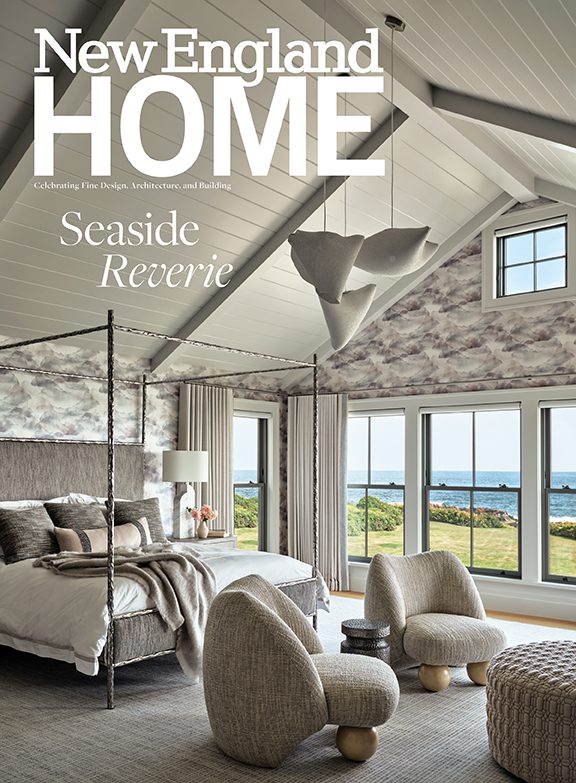
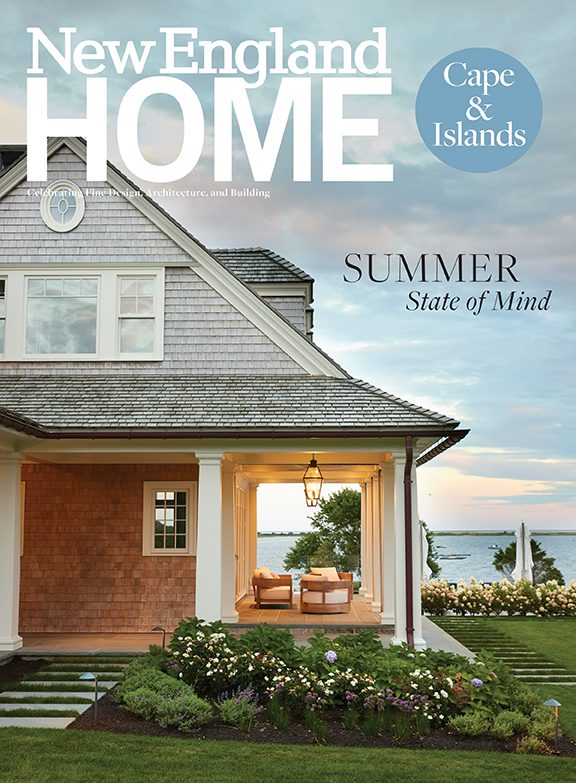
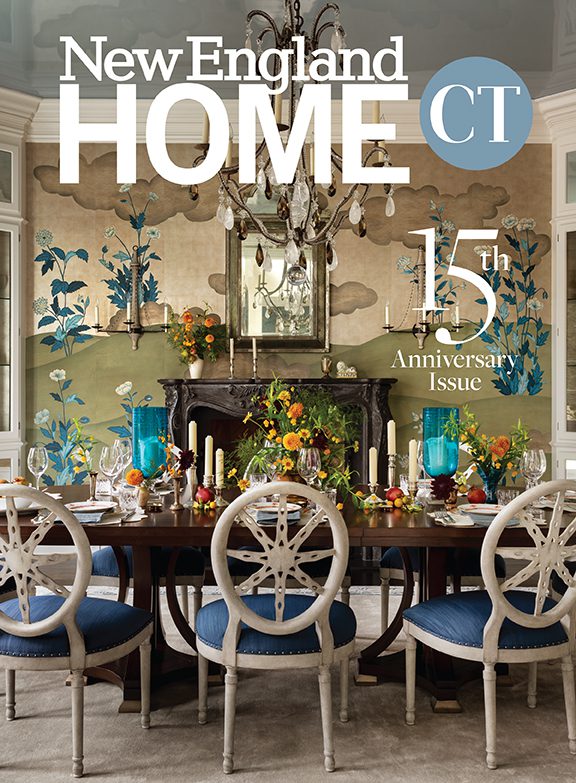
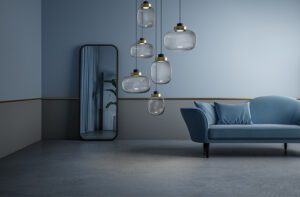
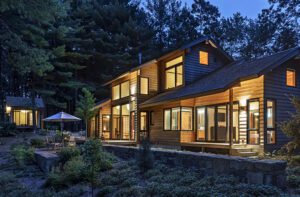
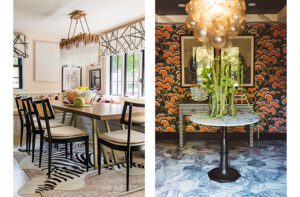
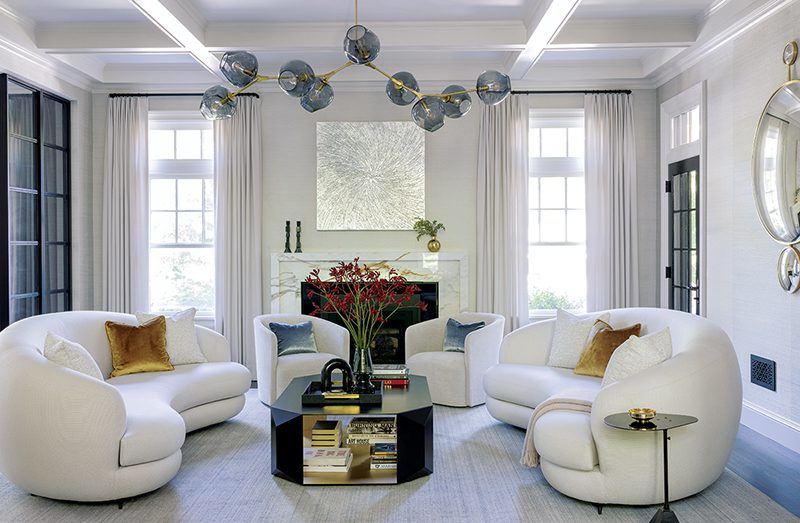
You must be logged in to post a comment.